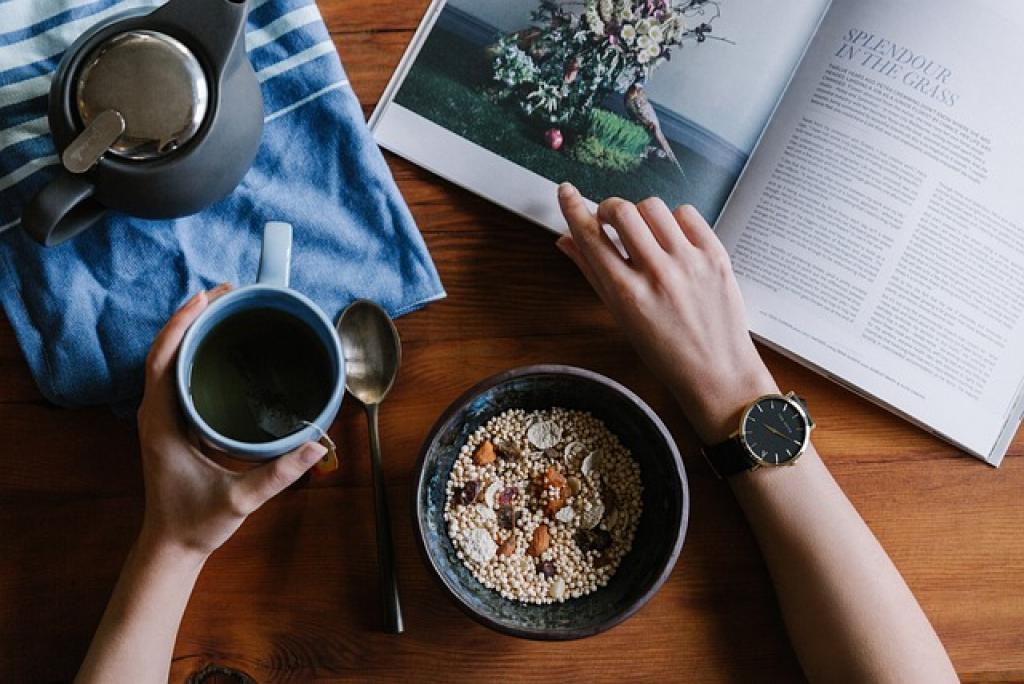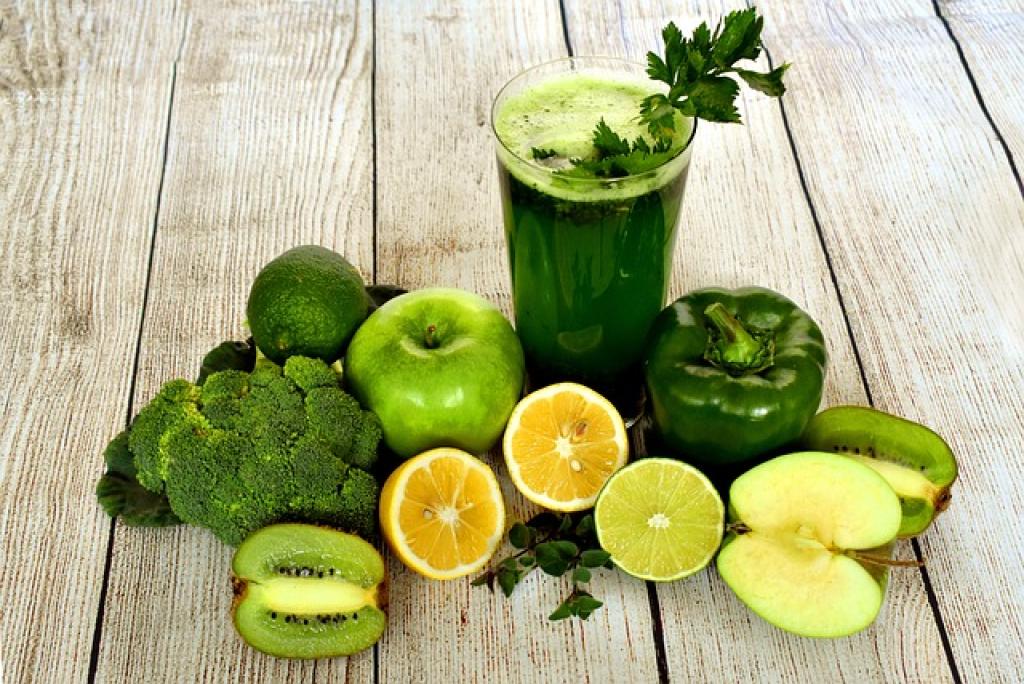Reaching the milestone of 50 is more than just a number. It’s an opportunity to embrace a new chapter of life with vitality and strength. One of the keys to unlocking this next stage with vigor is keeping a keen eye on what’s on your plate.
As we age, our bodies change, impacting everything from metabolism to how we process certain nutrients. This is the perfect time to reassess your dietary habits and make smart adjustments.
The good news? Eating healthy in your fifties doesn’t mean giving up the flavors and foods you love. It’s about being more intentional with your choices to fuel your body with the nutrients it needs to thrive.
In this post, we’ll uncover the secrets to a nourishing diet that supports your health goals without feeling restrictive. Let’s dive into how to eat well and enjoy every bite at this wonderful stage of life!
Understanding Nutritional Needs for Individuals over 50
Understanding your unique nutritional needs in your fifties can seem overwhelming, but it doesn’t have to be. As we age, our bodies require fewer calories due to a naturally slowing metabolism, yet our need for specific nutrients increases. This calls for a shift in focus toward nutrient-dense foods that pack a punch.
Prioritize Protein and Fiber
Protein becomes crucial in preserving muscle mass, which tends to decline with age. Include sources like lean meats, fish, beans, and legumes. Fiber is equally vital to maintaining heart health and digestion, so keep those whole grains, fruits, and vegetables in rotation.
Keep an Eye on Calcium and Vitamin D
Bone health also becomes a priority, making calcium and vitamin D indispensable allies. Consider incorporating dairy products, fortified plant milks, and safe sun exposure or supplements to meet your needs.
It’s also wise to stay mindful of hydration. Our sensation of thirst diminishes with age, increasing the risk of dehydration. Make water your beverage of choice and stay quenched.
Tailoring your diet to these key nutrients not only supports your body’s changing needs but also empowers you to live life healthfully and harmoniously.
Incorporating Fiber and Whole Grains in Your Diet
Incorporating fiber and whole grains into your diet is a straightforward way to enhance your health and vitality at 50 and beyond. Fiber is a powerhouse that aids digestion and promotes heart health by helping to reduce cholesterol levels. Meanwhile, whole grains are packed with essential nutrients that support overall wellness.
Start your day with a breakfast that fuels your body with fiber-rich options like oatmeal or whole-grain toast. These simple swaps can keep you feeling full and satisfied, which is a win for managing hunger.
Explore and Experiment
Don’t shy away from experimenting with different grains. Quinoa, barley, and brown rice are versatile choices that can be the foundation of a nourishing meal. Add these to salads, bowls, or as a side dish to increase your fiber intake effortlessly.
When grocery shopping, get in the habit of checking labels. Look for products labeled as "100% whole grain" to ensure you’re getting the benefits of the entire grain.
Making these small but impactful changes can contribute to a more balanced diet that supports digestion, heart health, and stable energy levels—helping you feel your best every day.
The Role of Lean Proteins in Maintaining Muscle Mass
Proteins are often hailed as building blocks for the body, and for those in their fifties, lean proteins play a crucial role in maintaining muscle mass. As we age, muscle loss can become a reality, but including ample lean protein in your diet can help counteract this natural decline.
Lean proteins, such as chicken, turkey, fish, tofu, and legumes, are excellent options. They provide essential amino acids that help to repair and build muscle tissue, which is crucial for strength and mobility.
Cook Smart and Tasty
Incorporate lean proteins into your meals by trying different cooking methods that enhance flavor without adding unnecessary fats. Grilling, baking, or steaming are great techniques that preserve the nutritional value while keeping dishes delicious.
Balancing your meals with a variety of protein sources prevents monotony and ensures a broad spectrum of nutrients. Explore plant-based proteins like lentils and chickpeas, which are not only nutritious but are also versatile in various dishes.
With these protein-rich choices, you’ll be better equipped to maintain your muscle mass, energy levels, and overall well-being as you enjoy the vibrant years ahead.
Smart Snacking Choices for Long-Term Health
Snacking wisely is an easy yet impactful way to support long-term health, especially for those over 50. It’s not just about satisfying hunger between meals; it’s about fueling your body with nutrients that aid energy balance and well-being.
Opt for snacks that are packed with nutrients, like raw nuts and seeds. They provide protein, healthy fats, and fiber—all of which help to keep you feeling full longer. Plus, they’re incredibly easy to toss into bags for on-the-go munching.
Fruits and Veggies Delight
Fruits and vegetables are also great choices for smart snacking. Think carrot sticks with hummus, apple slices with almond butter, or a refreshing fruit salad. These snacks offer vital vitamins and antioxidants, supporting overall health.
If you’re craving something crunchy, try air-popped popcorn. It’s a whole grain and can be seasoned to your taste without excess calories.
Keeping an array of healthy snacks on hand ensures that when hunger strikes, you have convenient options that align with your health goals, helping you stay on track while savoring delightful flavors.
Hydration and Its Impact on Overall Wellbeing
Staying properly hydrated is a cornerstone of maintaining overall wellbeing, particularly as you age. Water does more than quench your thirst; it plays a vital role in numerous bodily functions, from aiding digestion to regulating body temperature and supporting cognitive functions.
Dehydration can sneak up more easily in your fifties, as your body’s signal for thirst becomes less sensitive with age. That’s why it’s essential to make a conscious effort to drink water regularly throughout the day.
Aim to keep water accessible—whether it’s a reusable bottle on your desk, or a glass by your side at home. If plain water doesn’t excite you, try infusing it with slices of lemon, cucumber, or fresh herbs to add a refreshing twist without added sugars.
Pay attention to signs of dehydration like fatigue, dizziness, or dark-colored urine. Being mindful of these signals will help you stay ahead of any potential discomfort.
Investing in your hydration now not only supports physical health but also enhances energy, focus, and vitality, keeping you on your feet and ready for whatever life throws your way.
Vitamins and Minerals That Are Essential Past 50
In your fifties, certain vitamins and minerals become increasingly crucial for maintaining health and vitality. These nutrients support everything from bone density to immune function, ensuring you remain at your best.
Vitamin B12 is a top priority, as absorption efficiency can decrease with age. It’s essential for brain health and energy metabolism, found in foods like fish, meat, and fortified cereals.
Calcium is another must, renowned for supporting strong bones and teeth. Incorporate dairy products, leafy greens, and fortified plant milks to maintain adequate levels.
Equally important is Vitamin D, which aids calcium absorption and bolsters the immune system. Sunlight exposure is a natural source, but supplements can also help, especially in less sunny climates.
Magnesium supports nerve and muscle function and can be found in nuts, seeds, and whole grains. Meanwhile, potassium helps manage blood pressure and is abundant in bananas and sweet potatoes.
Making these nutrients part of your dietary regimen can empower you to thrive in this decade, supporting a vibrant and healthy life.

Managing Portion Sizes and Caloric Intake
As we stride into our fifties, managing portion sizes and caloric intake becomes increasingly important. With a natural slowdown in metabolism, it’s essential to adjust eating habits in a way that supports health without sacrificing enjoyment.
Controlling portion sizes means being mindful of the amount of food you consume at each meal. A simple way to do this is by using smaller plates, which can trick your mind into feeling satisfied with less.
Quality Over Quantity
Focus on eating quality calories. This means prioritizing nutrient-dense foods that provide the vitamins and minerals your body needs, rather than empty calories that offer little nutritional value. Concentrate on colorful vegetables, lean proteins, and whole grains, which can keep you fuller for longer.
Pay attention to your body’s hunger cues, eating slowly and savoring each bite. This helps prevent overeating and enhances your overall dining experience.
By striking the right balance, you can enjoy satisfying portions that nourish your body, helping maintain a healthy weight and energy level in your fabulous fifties and beyond.
Adopting Sustainable Eating Habits for a Healthier Future
Adopting sustainable eating habits is not just beneficial for your personal health, but it’s also a step towards a healthier planet. It’s about making mindful choices that are good for you and kinder to the environment.
One way to do this is by incorporating more plant-based meals into your routine. Plant-based diets typically have a lower environmental impact and contribute to a variety of health benefits. You don’t need to go fully vegetarian or vegan; even small shifts can make a big difference.
Be Mindful of Food Waste
Reducing food waste is another key aspect of sustainable eating. Plan your meals, make a shopping list, and stick to it to avoid overbuying. Get creative with leftovers by transforming them into new meals, which saves food and adds variety to your diet.
Opting for seasonal and locally-sourced produce not only supports your local economy but also ensures fresher, tastier ingredients that haven’t traveled long distances.
By incorporating these habits, you’re setting the foundation for a lifestyle that promotes health and sustainability for years to come, creating a positive impact both in your life and in the wider world.
The Bottom Line: Making Healthy Diet Choices at 50 and Beyond
Embracing a healthy diet at 50 and beyond is not about drastic changes or restrictive eating. It’s about making smart, sustainable choices that enhance your quality of life. By understanding your evolving nutritional needs, you gain the tools to nourish your body effectively.
Focusing on nutrient-dense foods—like lean proteins, whole grains, and plenty of fruits and vegetables—ensures you receive essential vitamins and minerals. These choices support everything from muscle mass maintenance to bone health and immune function.
Hydration plays a pivotal role in your overall wellbeing, while mindful portion control helps manage caloric intake, matching your body’s changing metabolism without sacrificing satisfaction. Smart snacking and waste reduction further contribute to a balanced lifestyle, making a positive impact on both your health and the environment.
Remember, adopting healthier eating habits is a journey rather than a destination. It’s about making gradual changes that fit your lifestyle, allowing you to enjoy the vibrant years ahead with energy and enthusiasm.
As you continue to explore these strategies, keep in mind that flexibility and patience are key. Your preferences may evolve, and that’s perfectly okay. Listen to your body, embrace variety, and celebrate the delicious, nutritious choices you make every day.
In doing so, you’re not just investing in your personal health journey—you’re paving the way for a future filled with vitality and wellness.

No responses yet